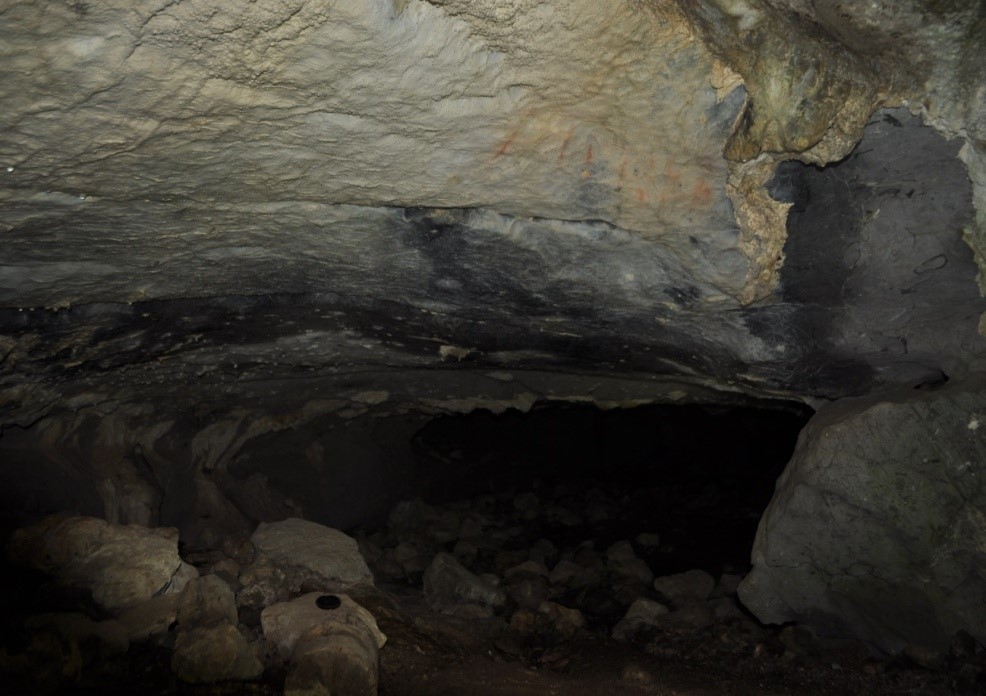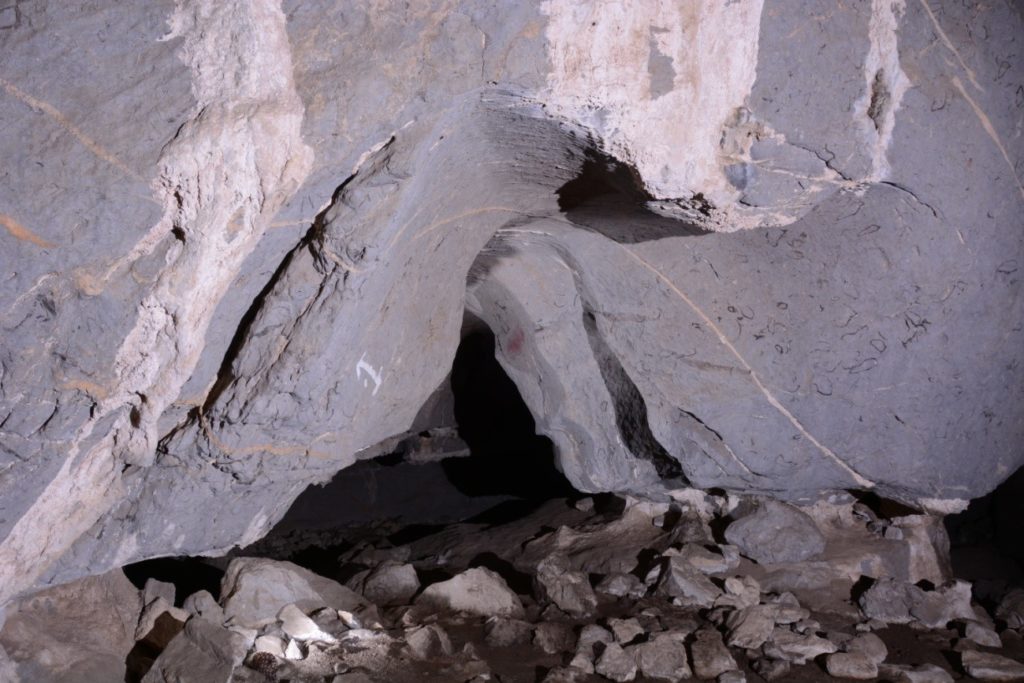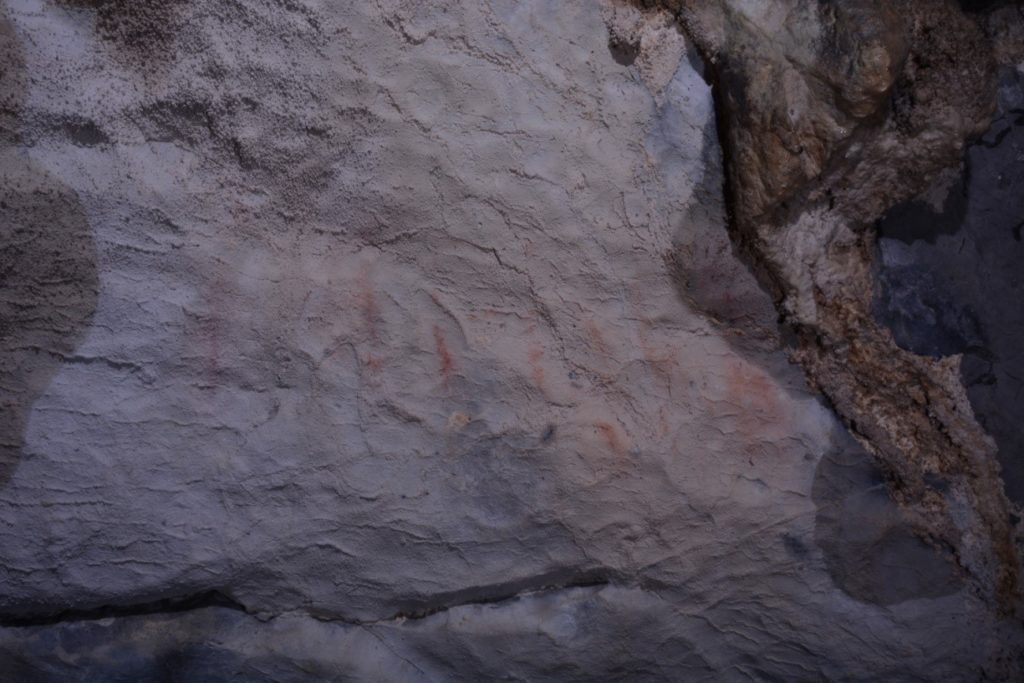Baltzola
Principal researcher: Olivia Rivero
The Baltzola cave is located on the Kobagan hill in the southern slope of Mount Bargondia, facing the small valley closed by the Bargondia, Garaio and Basabil heights. The landscape opens onto the Indusi stream basin which later flows into the Arratia river. It belongs to the local council of Dima located in the central-eastern area of the Historical Territory of Bizkaia.

Baltzola is the first cave site in Bizkaia that is recorded through the bibliography. The existence of the cavity and its deposit is already important during the 19th century and the first archaeological intervention is due to the german F. Jagor in 1866 (whose recovered pieces were attributed to the Magdalenian by G. Mortillet). En 1912, A. Gálvez Gañero excavated the cave in an unclear manner (attributing some of the pieces to the Magdalenian and the Azilien and others to the Neolithic). The materials of both interventions remain unknown.
Later, in 1932, J. M. Barandiaran Ayerbe sounded the Baltzola deposit again, although without providing more accurate information (attributing some of the materials recovered at the end of Tardiglaciar) and after that E. Berganza Gochi, M. Muñoz Salvatierra and J. L. Marcos Muñoz (1979) excavated a collective burial on a hanging gallery on the right side of the cave door, which they attribute to the Chalcolithic and the Bronze Aze, based on the grave goods.
In 2006 a new archaeological project was iniciated, leaded by L. Zapata Peña, which aim to know the chrono-cultural sequence of the site and the paleoenvironmental sequence of the Axlor and Baltzola environment, as well as carry on with the archaeological activities previously developped in the cave, locating possible Mousterian levels, and others belonging to the Upper-Final Magdalenian, the Azilian and post-Paleolithic moments.
In 2016, in the framework of caving-relief courses, some graphycal symbols of possible Palaeolithic origin were identified and, the following year, it was proposed the prospecting and complete study of the parietal art of the Baltzola cave, with the assistance from the Matiena Speleological Group (GEMA). The systematic prospecting of the cavity has made it possible to document a single decorated sector (sector A) with two panels located a short distance from the vestibular area, in front of the archaeological excavation. This area is found in the main gallery of the Baltzola cave, near its main entrance.

In panel I, a series of at least seven concentrations of colorless red pigment are located vertically and one horizontally. The lines are very fine and are interrupted due to the accidents of the support, so they are considered to have been drawn with a dry pencil. This figure could be identified as an ideomorph, a quadrilateral filled with vertical lines. However, the very diffuse traces of pigment in the area of the horizontal line make it more plausible to identify it as a grouping of lines with a vertical trend. Signs similar to this are observed in other Cantabrian assemblages such as Altamira (Cartailhac and Breuil 1906; Breuil and Obermaier 1935) or zone IV of La Garma (González Sainz 2003).

In panel II, another figure made with red pigment was identified. It is a complex sign with a very wide base and two triangular appendages in its central part, in opposite directions. In addition, it seems to have two parallel lines outside the central base of the figure, interrupted by the appendices. It could represent two juxtaposed “Cantabrian claviforms”, perhaps sharing the same base, or a “flat quadrilateral” with two points.

The modest set of decorations at Baltzola is the southernmost example of Palaeolithic parietal art found to the east of the Cantabrian Coast.
Link to the article.